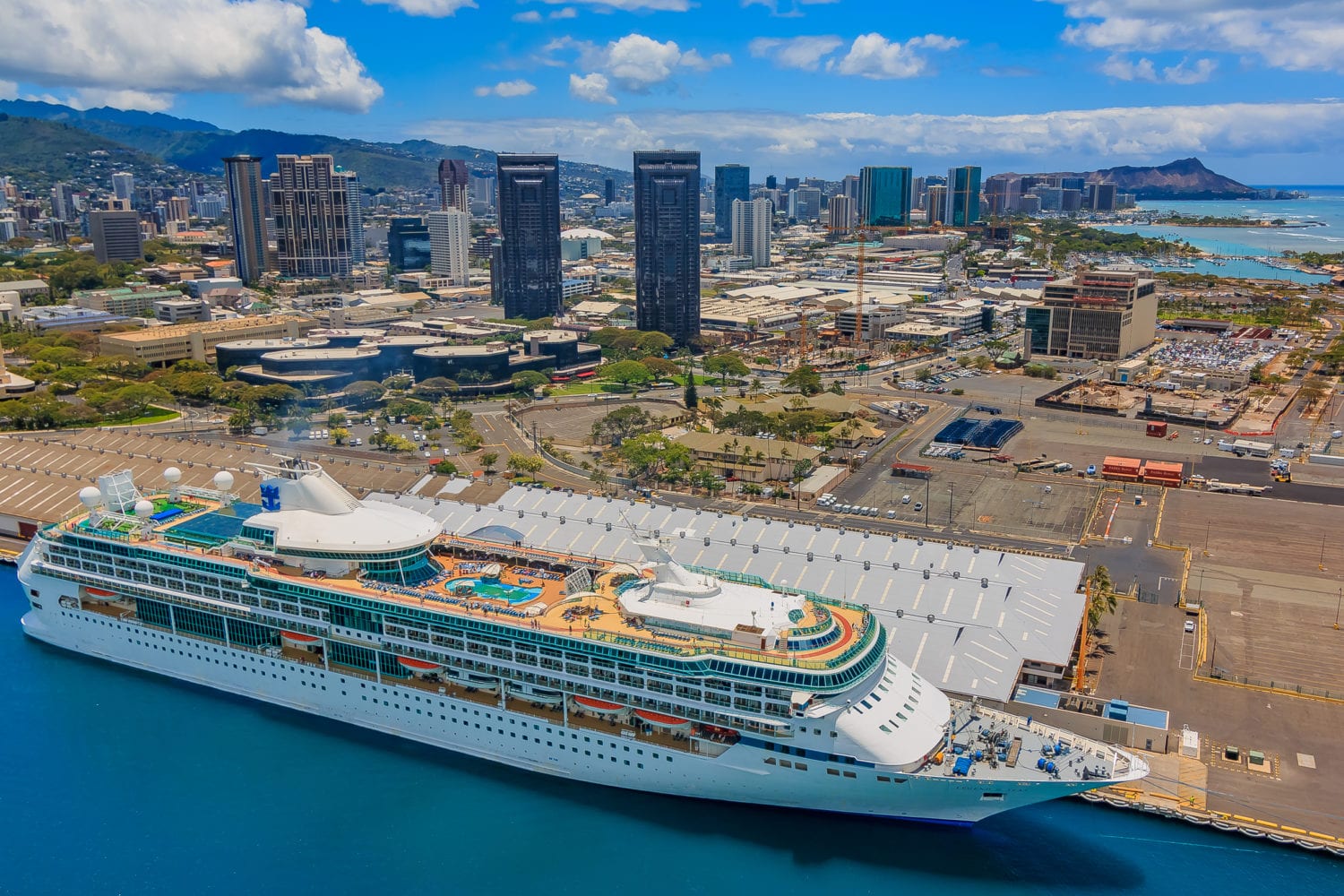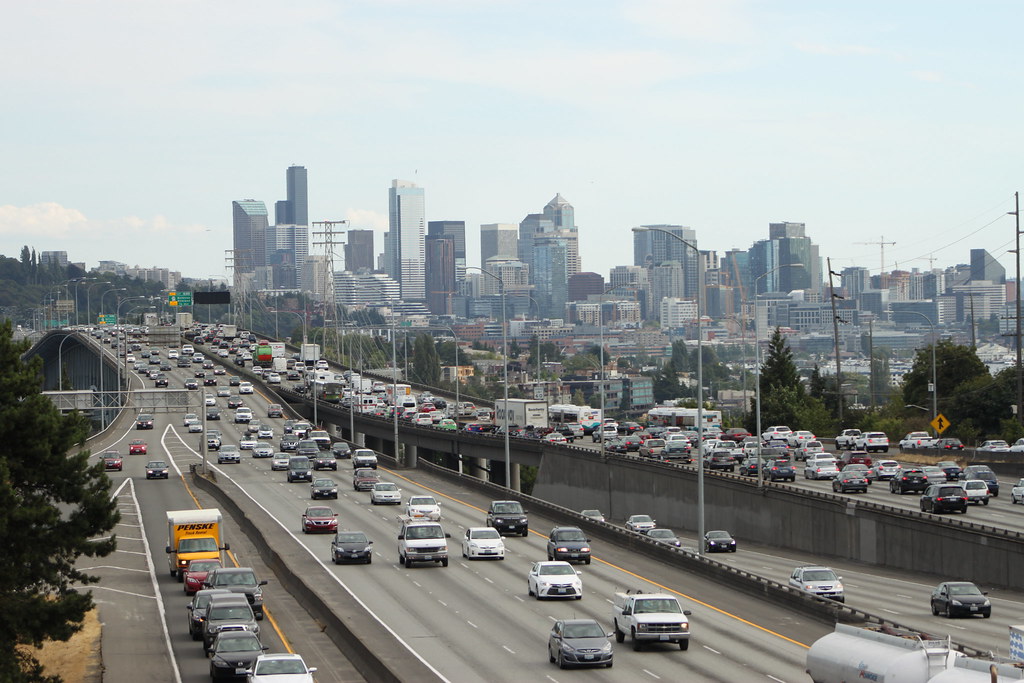More residents believe tourism causes overcrowding in Montana

More Montana residents believe tourism has caused overcrowding, an annual survey by the Institute for Tourism and Recreation Research (ITTR) found.
A majority of the respondents across the state – 56% – agreed about the overcrowding. That level is 33% higher than 2020, and 75% more than in 2019, according to the report titled, “Montana Residents: Attitudes Towards Tourism 2021.”
“Within the vast majority of recreation providers, a massive spike in visitation started in 2020,” Pat Doyle, marketing manager for Montana Fish, Wildlife and Parks, told The Center Square.
COVID fueled the record visitation, he said, but a very mild winter also accounted for the increase. He said whenever Montana has a mild winter, park visitation increases.
“People do talk about parks being overcrowded,” Doyle said, but it’s not something Montana Fish, Wildlife and Parks discusses from that aspect.
Montana State Parks had nearly 3.4 million visitors in 2021, falling 1.3% short of the record set in 2020. The 2021 figures were still 27.7% higher than in 2019, according to a 2021 visitation report. But wildfires blanketed much of the state with smoke, and extreme heat added to the dangers, cutting visitation starting in July 2021.
State park visitation has grown by over 71%, or over 1.4 million, since 2010. During the same period, visitation at Yellowstone National Park and Glacier National Park increased by 33.5% and 40.1%, according to the Montana State Parks report.
The ITTR report said a larger number of respondents from travel destinations thought their communities were becoming overcrowded because of more tourists. In Yellowstone County, approximately 85% agreed tourism is leading to overcrowding, and 70% of Glacier County residents feel the same way.
“Many residents also expressed that the level of crowding they currently perceive is the result of people moving to the state in addition to the number of people who simply visit each year,” the ITTR report said.
Most Montanans said the benefits of tourism outweigh the impacts, with 71% agreeing or strongly agreeing. Travel regions again were in the strongest agreement, according to the ITTR report. But, people who moved to the state in the past year were less likely to agree the benefits outweighed any negative impacts, with 60% agreeing.
Long-term data appears to show Montanans were getting tired of perceived overcrowding before the pandemic’s start. In 2002, 28% of residents saw overcrowding as an issue. By 2022, the number of people in agreement rose 100% from 2002, according to the report.
“However, results indicate that the pandemic has only added fuel to the fire, exacerbating the negative trend regarding residents and their perception of crowding in the state,” the ITTR report said.
A few parks in northwest Montana on the shores of Flathead Lakes, including Wild Horse Island, a 2,000-acre island park in the middle of the lake, require some controls for visitors. At certain times to control visitation thresholds the parks follow a one-car-in, one-car-out policy for parking concerns, Doyle said.
“In local places, we do exercise visitation management in those capacities but to ensure a positive visitor experience for people to make sure there’s parking,” he said.
At Milltown State Park, to manage crowding at Clark Fork River access points, park staff and local groups organized a collaborative shuttle effort, the Montana State Parks report said.
This article was originally posted on More residents believe tourism causes overcrowding in Montana



